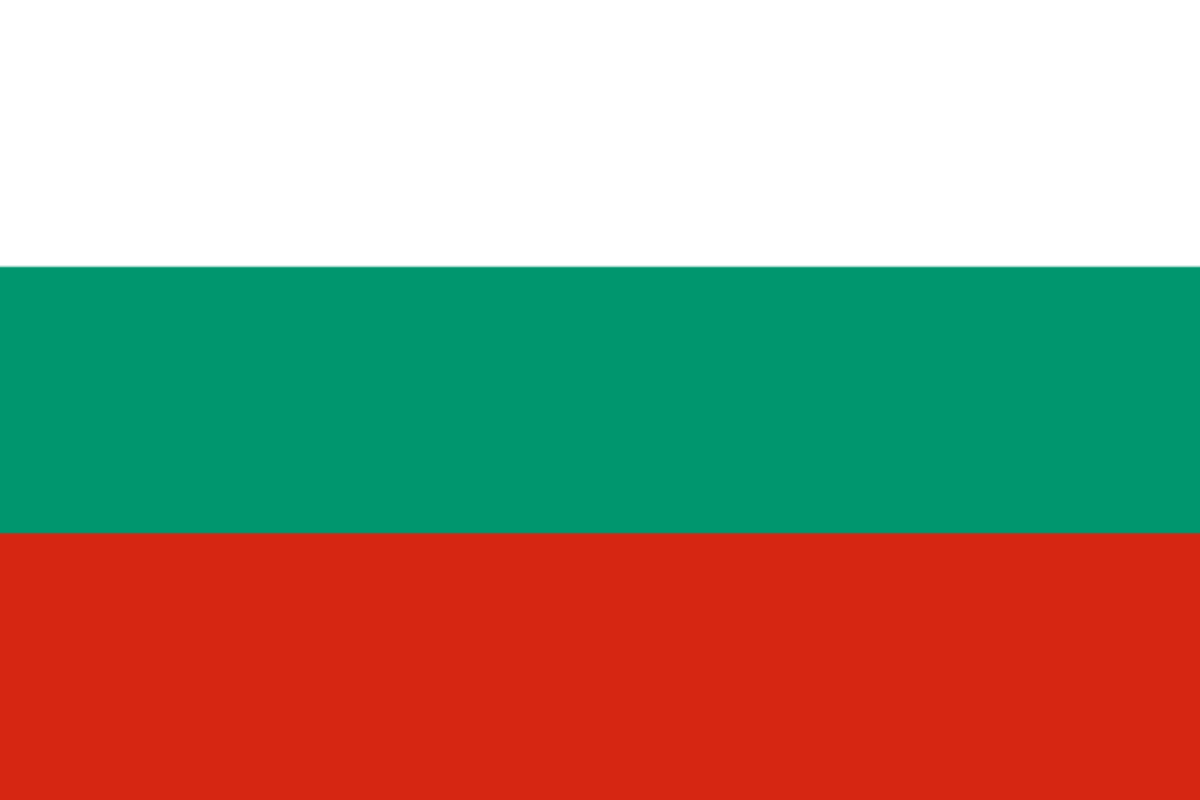The national animal of Bulgaria is the lion. This animal, though not native to Bulgaria today, is an important national symbol appearing on the Bulgarian coat of arms as well as being the namesake for Bulgarian currency. In the past they were known to roman the Balkan Peninsula as recently as the 3rd Century BC.
Lions are a common choice of national animal, and it’s easy to see why.
They are the kinds of the plains in Africa and it’s easy to forget that they once had a much broader range than they do today.
They are today found only in Africa and parts of India, but at one time they were found across Eurasia.
Let’s find out more.

What is the national animal of Bulgaria?
The national animal of Bulgaria is the lion. This may sound somewhat surprising as it would be a fair assumption that lions are not found in Bulgaria today.
Often, national animals are chosen on the basis of the country’s existing wildlife and ecosystems, but this is not always the case.
On the one hand, you may simply choose an animal based on its symbolic significance even if has never lived in the country; lions, though, did once roam what we now call Bulgaria.
More on that later.
Today, lions are more or less limited to Africa, with small populations living also in India.
These large cats have muscular and broad chested bodies, with distinctive tufts at the ends of their tails.
The males sport large, impressive manes which the females generally do not share, though this is not always the case; sometimes lionesses do sport manes.
They mostly inhabit grasslands, shrublands, and savannahs.
They tend to be mostly diurnal, which actually makes them fairly unusual among cats of their size.
Nocturnal hunting is often a distinct advantage for big cats, but lions ability to hunt in packs make them more equipped to hunt during the day.
They target many kinds of prey like zebra, antelope and some types of deer; mostly ungulates, then.
When persecuted, though, they will often turn to a more nocturnal mode of living.
They are currently listed as vulnerable by the IUCN Red List, and there are a number of reasons for this.
The loss of their habitat, illegal hunting, and other factors have led to major declines in the population numbers of lions in Africa in particular.
They are, without doubt, one of the most important and widely recognized symbols in human culture.
Why is the lion the national animal of Bulgaria?
The lion embodies many things which are seen as important symbols in Bulgaria.
They are, of course, embodiments of raw power and strength, among the strongest and most powerful of all apex predators in the wild.
They have always been seen as symbols of boldness and courage, with the lion becoming almost a pure symbol in itself entirely distinct from the actual animal.
All of these things are very important to Bulgarian national pride and to its people.
The choice of lion as the country’s national animal is also a question of cultural and historical heritage.
Lions were once a not uncommon sight in the Balkan Peninsula, and so they were chosen as the country’s symbol on its coat of arms.
This kind of heraldry became very important in the Middle Ages and beyond, and lions were such a universally recognizable symbol that it sent a clear message to both your allies and your enemies to make the lion your national emblem.
With their plight in the modern world of conservation, making the lion the country’s national animal also reflects the precarious position that these majestic animals are in.
By bringing awareness to the problem, Bulgaria also hopes to help mitigate the issue.
Did lions ever live in Bulgaria?
Lions did indeed once live in Bulgaria, although it’s important to note that they did so long before the region would have been called “Bulgaria”.
They are estimated to have been present in Bulgaria and the Balkan Peninsula as recently as the 3rd or 4th Century BC, as indeed they were in vast swathes of Eurasia compared to their more limited range today.
They were, then, always seen as important aspects of life in this part of the world, both as companions and indeed in the sense of the danger they presented to humans travelling there.
How many lions are left?
Estimates naturally vary a great deal and it can be hard to say with much precision.
They are listed as vulnerable, meaning one step up from endangered. The IUCN estimates that anywhere from 23,000 to 39,000 individuals remain in the wild.
The vast majority of these are, as mentioned, today found in the savannahs and plains of Sub-Saharan Africa.
Small populations, though, are also found in India.
So, at present, they are still more than clinging on in the regions they live.
But with rampant hunting, the loss of their habitat and the depletion of their prey, they could be profoundly threatened in the years and decades to come.
It’s hard, then, to disentangle the lion in human imagination from the cultural heritage of this part of the world.
They have been seen as one of the greatest and most powerful animals in the animal kingdom, and this naturally has inspired many countries to adopt them as national symbols of one kind or another.
Bulgaria, indeed, has chosen to make the lion an important symbol in a few ways.

